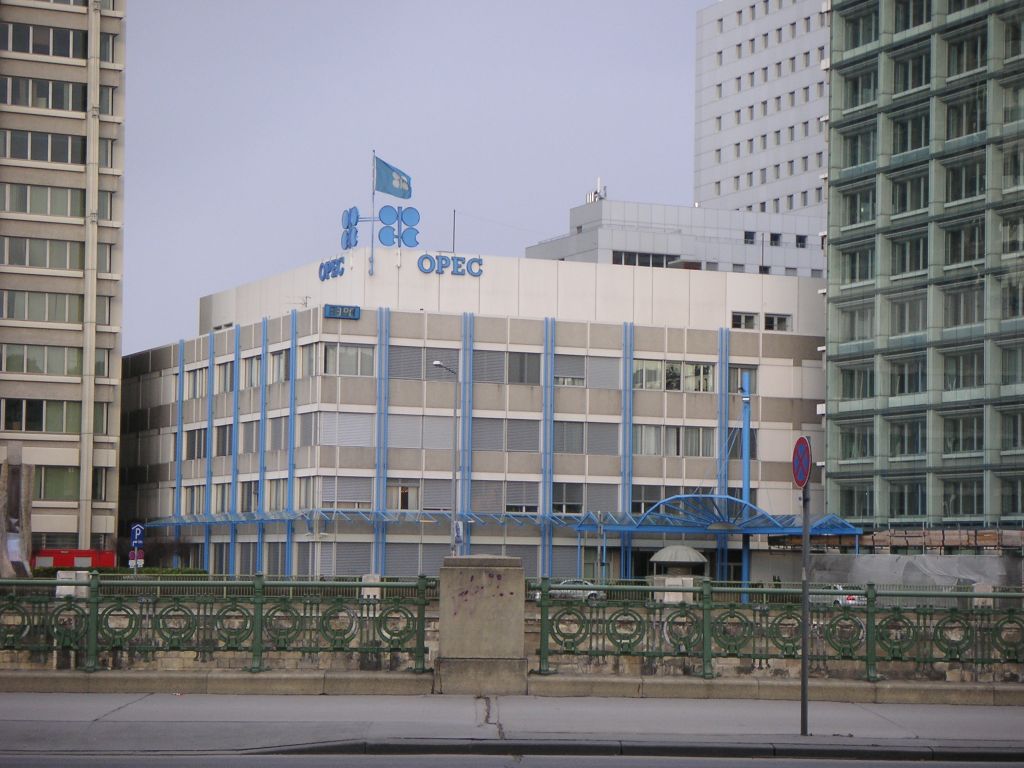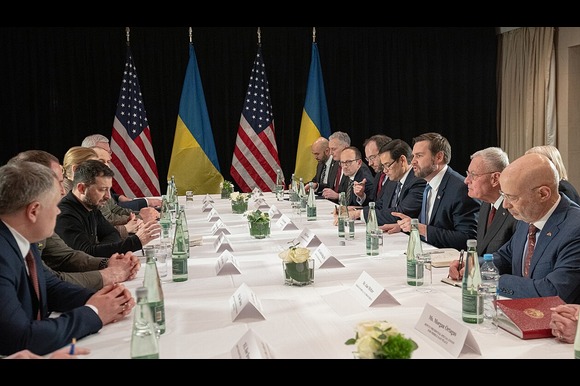
photo taken by de:Benutzer:Priwo
OPEC maintained its projection for robust growth in global oil demand for the year 2025, attributing this trend to increased air and road travel, while indicating that potential trade tariffs are not anticipated to hinder economic growth.
In its monthly report, the Organization of the Petroleum Exporting Countries stated that global oil demand is expected to increase by 1.45 million barrels per day (bpd) in 2025, followed by a rise of 1.43 million bpd in 2026.
These forecasts remain unchanged from the previous month. OPEC’s outlook on oil demand is positioned at the higher end of industry estimates, with expectations for continued growth in oil consumption in the coming years. This contrasts with the International Energy Agency’s perspective, which anticipates that demand will peak within this decade as the world transitions to cleaner energy sources.
In its report, Organization of the Petroleum Exporting indicated that the trade policies implemented by President Donald Trump’s new US administration have introduced additional uncertainty into the markets. This situation could lead to supply demand imbalances that do not accurately reflect market fundamentals; however, OPEC has maintained its economic growth forecast for 2025.
Organization of the Petroleum Exporting stated, “It remains to be seen how and to what extent potential tariffs and other policy measures will play out.” The organization added that, at this point, these factors are not expected to significantly affect the current growth assumptions. Following the release of the OPEC report, oil prices remained stable, with Brent crude trading lower at approximately $76 per barrel.
The International Energy Agency (IEA) projects a demand growth of 1.05 million barrels per day for 2025, which is lower than OPEC’s forecast. Nevertheless, the disparity between the two organizations regarding 2025 is considerably smaller than it was for 2024, when the difference reached a record high due to varying views on the pace of the energy transition.
OPEC+, comprising OPEC and its allies including Russia, has enacted a series of production reductions since late 2022 to bolster the market. The current strategy outlines a gradual increase in oil production starting in April.





